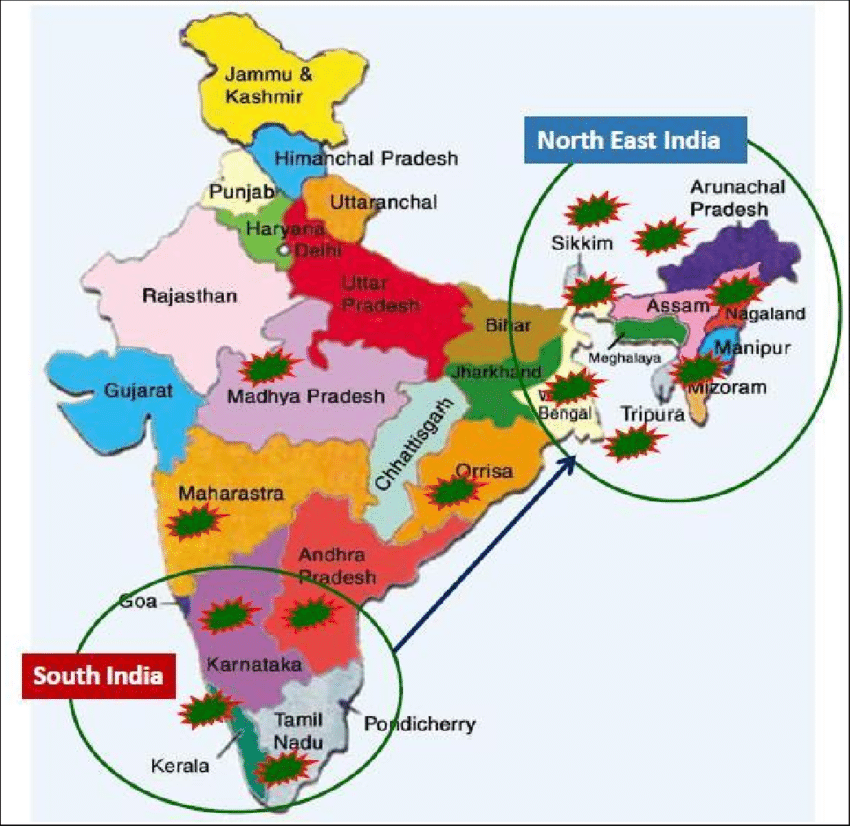7667766266
enquiry@shankarias.in
Why in news?
The Department of Commerce has brought out the National Rubber Policy 2019.
What are the basic characteristics of rubber crop?

What are the economic prospects of rubber?
What are highlights of National Rubber policy?
Source: PIB